| Title | Analysis of Motion in Scale Space |
| Publication Type | PhD Thesis |
| Year of Publication | 2008 |
| Authors | Pavlov, P |
| University | IWR, Fakultät für Mathematik und Informatik, Univ.\ Heidelberg |
| Abstract | This work includes some new aspects of motion estimation by the optic flow method in scale spaces. The usual techniques for motion estimation are limited to the application of coarse to fine strategies. The coarse to fine strategies can be successful only if there is enough information in every scale. In this work we investigate the motion estimation in the scale space more basically. The wavelet choice for scale space decomposition of image sequences is discussed in the first part of this work. We make use of the continuous wavelet transform with rotationally symmetric wavelets. Bandpass decomposed sequences allow the replacement of the structure tensor by the phase invariant energy operator. The structure tensor is computationally more expensive because of its spatial or spatio-temporal averaging. The energy operator needs in general no further averaging. The numerical accuracy of the motion estimation with the energy operator is compared to the results of usual techniques, based on the structure tensor. The comparison tests are performed on synthetic and real life sequences. Another practical contribution is the accuracy measurement for motion estimation by adaptive smoothed tensor fields. The adaptive smoothing relies on nonlinear anisotropic diffusion with discontinuity and curvature preservation. We reached an accuracy gain under properly chosen parameters for the diffusion filter. A theoretical contribution from mathematical point of view is a new discontinuity and curvature preserving regularization for motion estimation. The convergence of solutions for the isotropic case of the nonlocal partial differential equation is shown. For large displacements between two consecutive frames the optic flow method is systematically corrupted because of the violence of the sampling theorem. We developed a new method for motion analysis by scale decomposition, which allows to circumvent the systematic corruption without using the coarse to fine strategy. The underlying assumption is, that in a certain neighborhood the grey value undergoes the same displacement. If this is fulfilled, then the same optic flow should be measured in all scales. If there arise inconsistencies in a pixel across the scale space, so they can be detected and the scales containing this inconsistencies are not taken into account. |
| URL | http://www.ub.uni-heidelberg.de/archiv/9378 |
| Citation Key | pavlov2008 |


